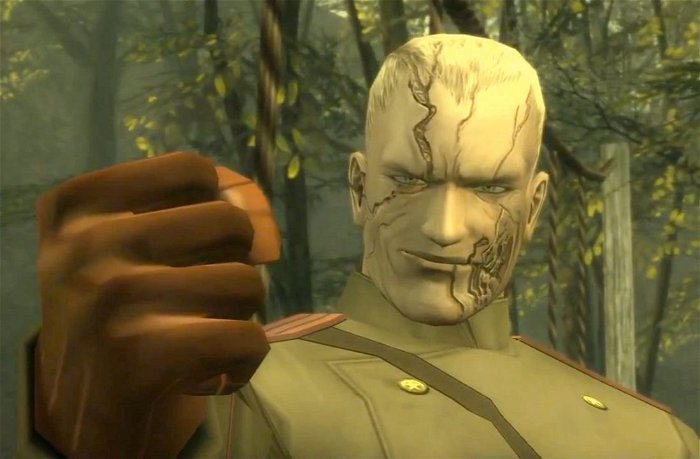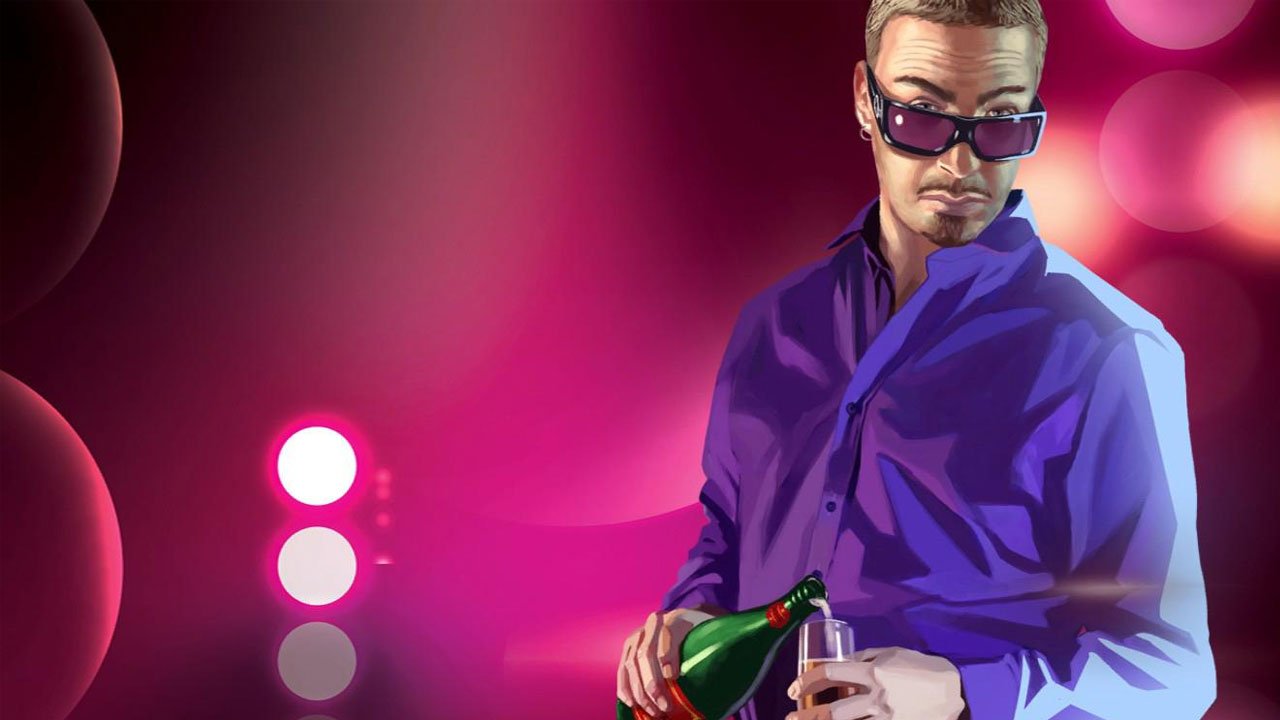I’ve played a lot of mainstream games in my time. In recent years, I’ve played games where the developers have attempted to push the medium forward in different ways. Experiments in narrative technique, deviations from the typical white male protagonist, even the introduction of more nuanced portrayals of women (!) have all emerged within the 2000s. Through all of this time, though, I don’t think I’ve ever experienced a well represented character from any range of the LGBTQ+ (Lesbian, Gay, Bisexual, Transgender, Questioning) spectrum.
This is a big problem.
Most videogames are still coming to grips with discussing sexuality in a mature way, many titles attempting to cast off the straight, teenage male viewpoint that defines much of the industry. Looking at how many problems the medium still has in offering realistic female characters it seems almost too much to ask that developers/publishers would implement LGBTQIA narratives to their work. That doesn’t mean it isn’t worth calling attention to where the issue stands, though.
The Bioware model deserves credit for its willingness to embrace non-heterosexual romances in its role-playing games (even stirring the pot with its inclusion of male homosexuality in Mass Effect 3, the one type of sexuality that seems, for whatever reason, to make the general public most uncomfortable), but their games are designed, by virtue of genre, to be as wholly encompassing as possible. It is great that the developer is smart enough to acknowledge that the success of role-playing can be dependent on including as many different personal traits and conversational responses as are possible to code yet their open-ended character creation almost makes including non-heterosexual viewpoints a requirement.

Scripted LGBTQIA characters are far less prevalent.
Through most of videogame history transgendered people and/or gay women and men have been the butt of jokes (Final Fantasy VII’s long cross dressing sequence, Streets of Rage 3’s effeminate biker enemies, etc.) instead of being introduced as, y’know, equal human beings. Games from recent years have seen some attempts to change this by offering LGBTQIA characters whose sexuality does not make up the entirety of their identity, but these are still few and far between.
Grand Theft Auto IV’s Gay Tony (the eponymous character from the main game’s The Ballad of Gay Tony expansion) is halfway there. While on the surface Tony comes across as a caricature of a gay man, his character is ultimately defined more by his insecurities as an aging, nearly bankrupt cokehead has-been than his sexuality. His deep and platonic friendship with player character Luis also undermines convention in, I think, a pretty important way. Tony is portrayed as a complex character, his nickname having more to do with his public persona than his motivations or personality.

Metal Gear Solid 2: Sons of Liberty and MGS3: Snake Eater also featured decent portrayals of bisexuality. Sons of Liberty mentions (in the wonderfully offhand fashion that provides many of the best details in the series) that male antagonist Vamp and minor character Scott Dolph were a couple. Snake Eater offers the sadistic Colonel Volgin who the player comes to understand is bisexual (having a relationship with both the male Major Raikov and female EVA/Tatyana) as well. These details come about through long radio (or codec) conversations and are mentioned in the same vein as any other character trait that Snake may want to know about when encountering his enemies. That is to say that the sexuality of the Metal Gear cast makes up just another part of their personal story rather than defining who they are.
“Despite a handful of successes, though, videogames are, by and large, a medium still firmly entrenched in heteronormativity.”
Despite a handful of successes, though, videogames are, by and large, a medium still firmly entrenched in heteronormativity. It won’t necessarily always be this way. The audience for games is enormous and with this growth in audience comes a greater number of developers and critics who are willing to make the effort to point out — and encourage attention toward — the shortcomings currently afflicting the medium. We can hope that in coming years more games will be released that treat the full spectrum of genders and sexualities as a part of the human experience worth discussing in a meaningful way or at the very least including in a neutral or positive light.
Any medium that wants to participate in the wider cultural dialogue has to be willing to expand its sensibilities to include every kind of person and sex and gender issues are, after all, an essential part of this. Games that want to consider themselves part of an emerging artistic tradition owe it to the medium and their audience to offer progressive portrayals of all types of characters.




